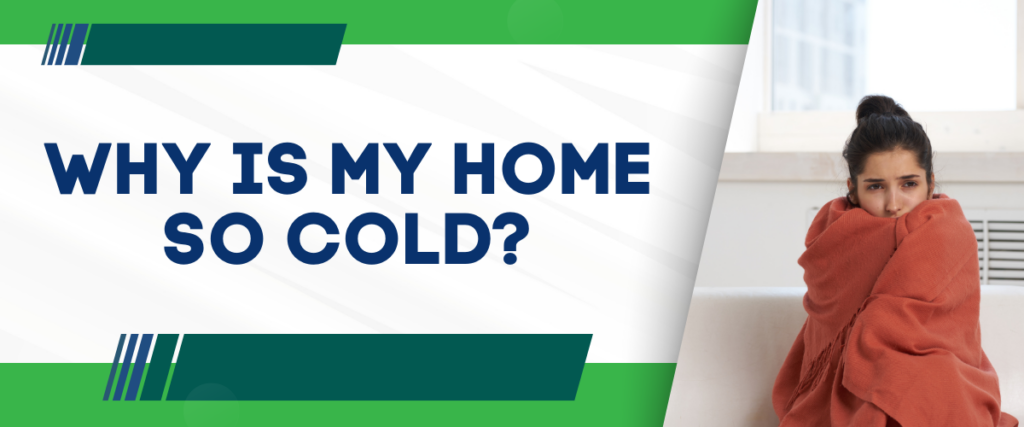
If your home in the Northern Virginia area is staying at frigid temperatures, even if your heat is on, you might have problems with your insulation. Insulation is a material that is placed inside attics, walls, ceilings, floors and sometimes crawl spaces that acts as a barrier between the harsh temperatures outside that minimizes heat loss during the winter and heat gain during the summer. Insulation is the most effective, efficient way to heat a house, more effective than doors or windows. Insulation also works in tandem with your heating and cooling systems, preventing the heating and cooling energy from leaking out of the home. Insulation can greatly improve your energy usage, but if you can’t get your home’s insulation under control, then an improperly insulated home might be to blame.
Improper Insulation

The Stack Effect

What Proper Insulation Can Do
If you are experiencing temperature instability in your home, you might have improper insulation. This can be caused by the wrong type of insulation being installed, or if the insulation was installed improperly. This can also be caused by insulation settling over time. Properly installed insulation however can create an effective barrier to heat loss in the winter and heat gain in the summer. Heat will always travel to the cooler area, which means it’ll travel outside during the winter, and inside during the summer. In the summer, when the hot sun beats down on your roof, that roof will absorb all that heat energy, which can heat up your home and create uncomfortable conditions. In the winter, the Stack Effect sucks the heat out of the home, bringing it outside, chilling the home and creating very uncomfortable, freezing temperatures in the home. Good insulation will prevent heat from traveling through the roof/walls, so the heat stays INSIDE during the winter and OUTSIDE during the summer. Proper insulation regulates the temperature in your home far better than doors, windows, or air conditioning.
Insulation Installation in Arlington, Fairfax, Alexandria and Fredericksburg
If you need insulation removal, replacement or installation in the Northern Virginia area, contact the experts at Summit Environmental Solutions. We have years of experience in insulation installation, and we can install all types, including spray foam, loose-fill and the classic fiberglass batts and rolls. We can remove your current, outdated insulation and replace it with newer, more effective material. If your home is already insulated but needs a bit more to be fully effective, we also offer supplemental insulation to get your home’s temperature regulated. If you are building a new home and need new insulation installed within the attics, walls and floors, we offer that service as well. Call us today for a FREE estimate at 703-520-5868 or fill out a contact form!




